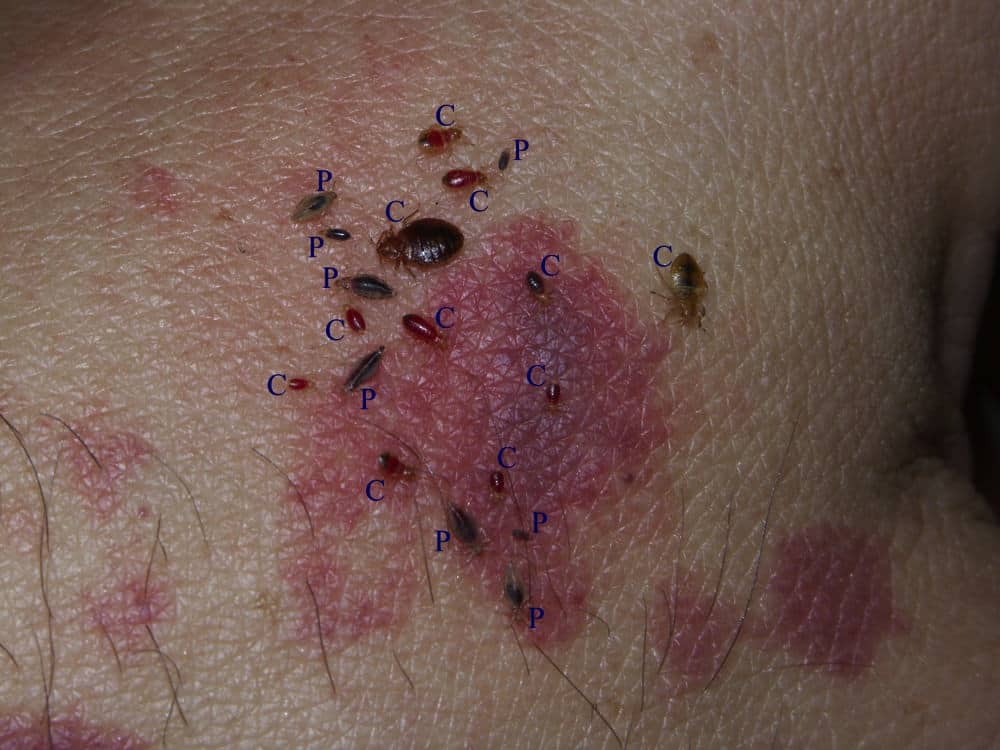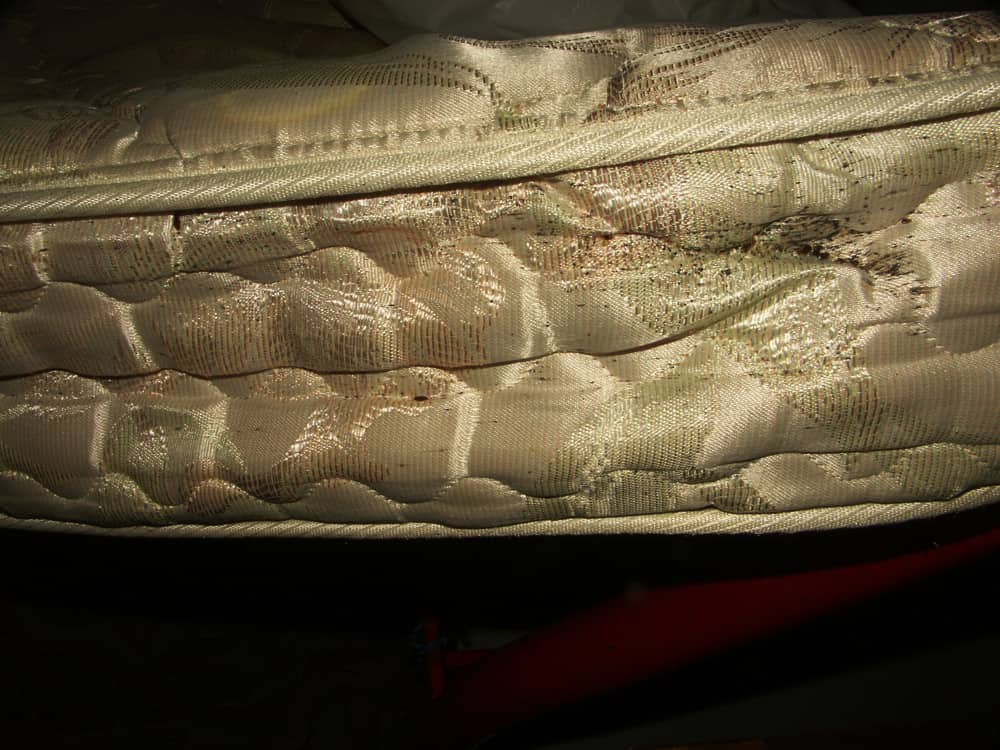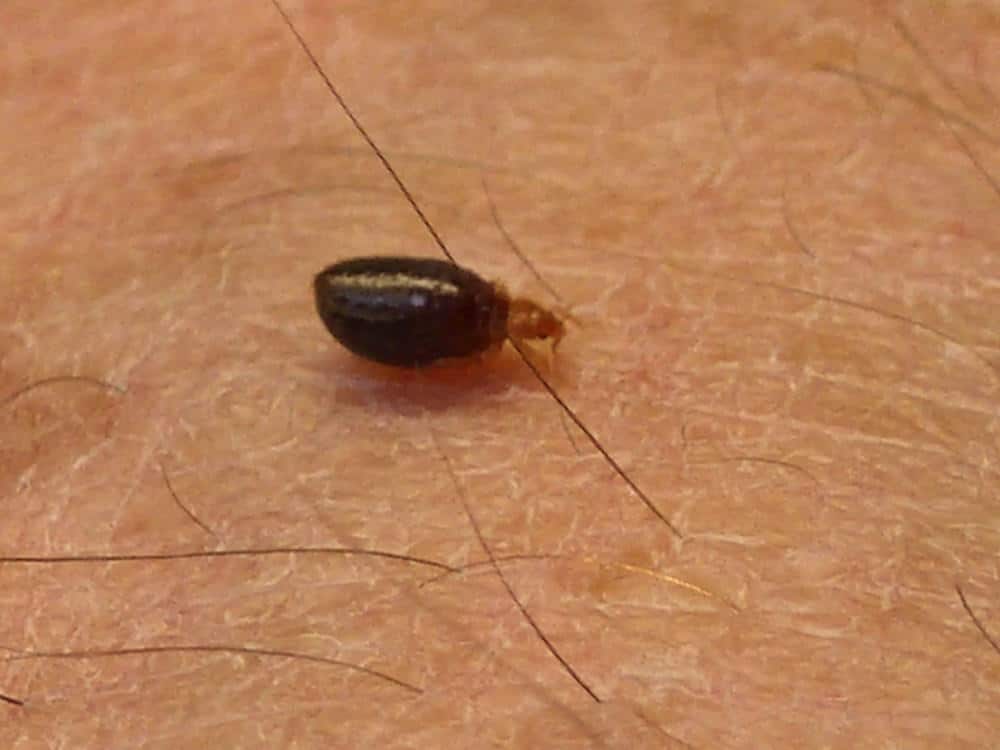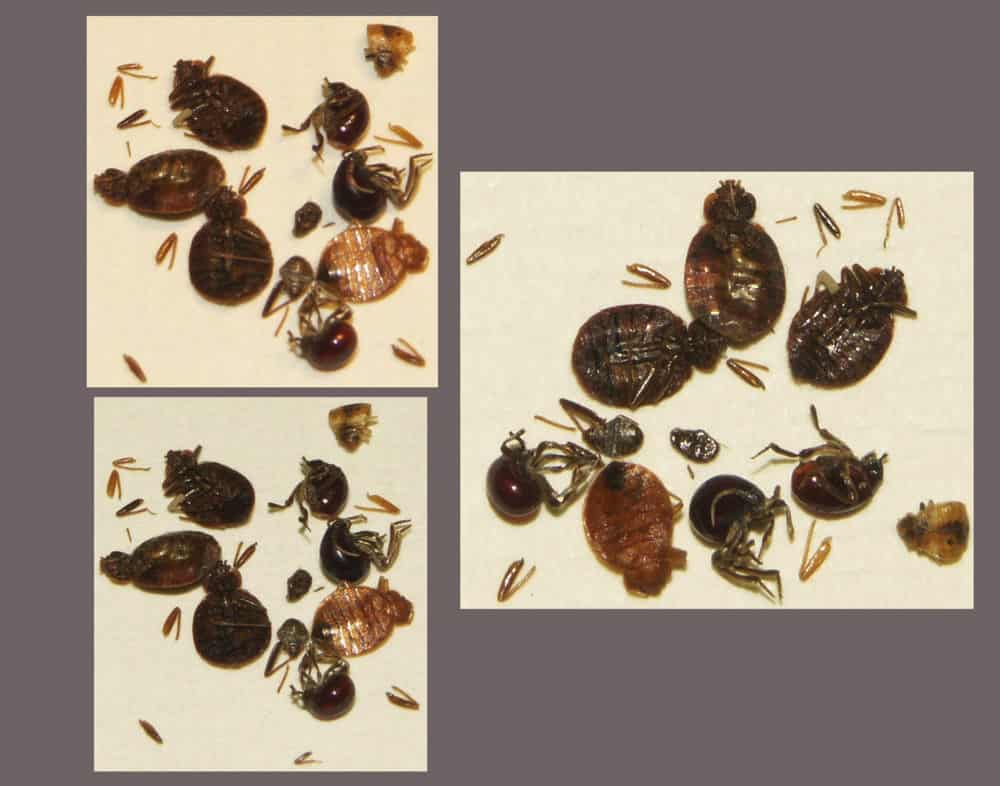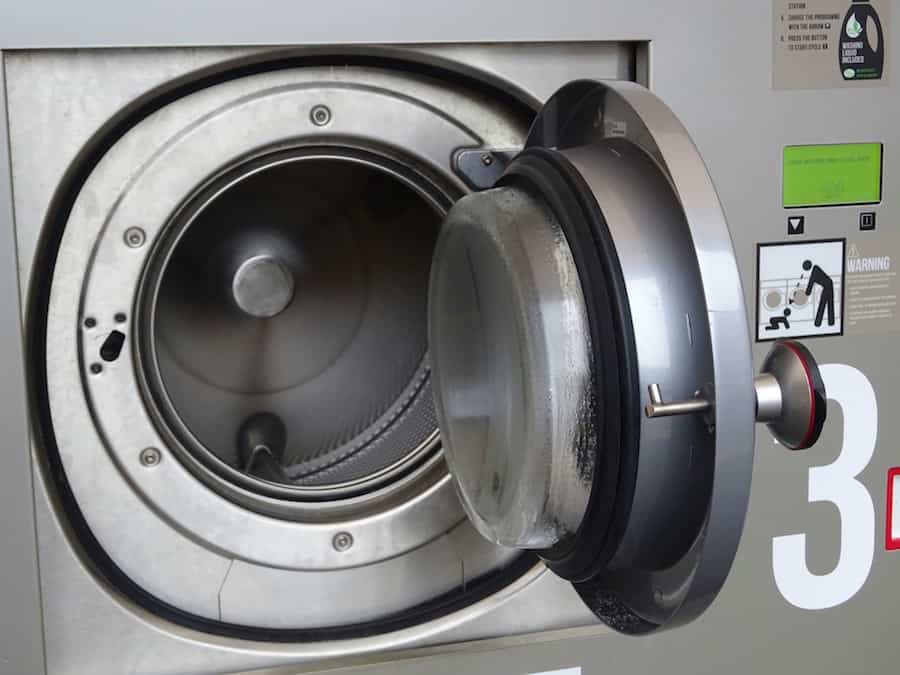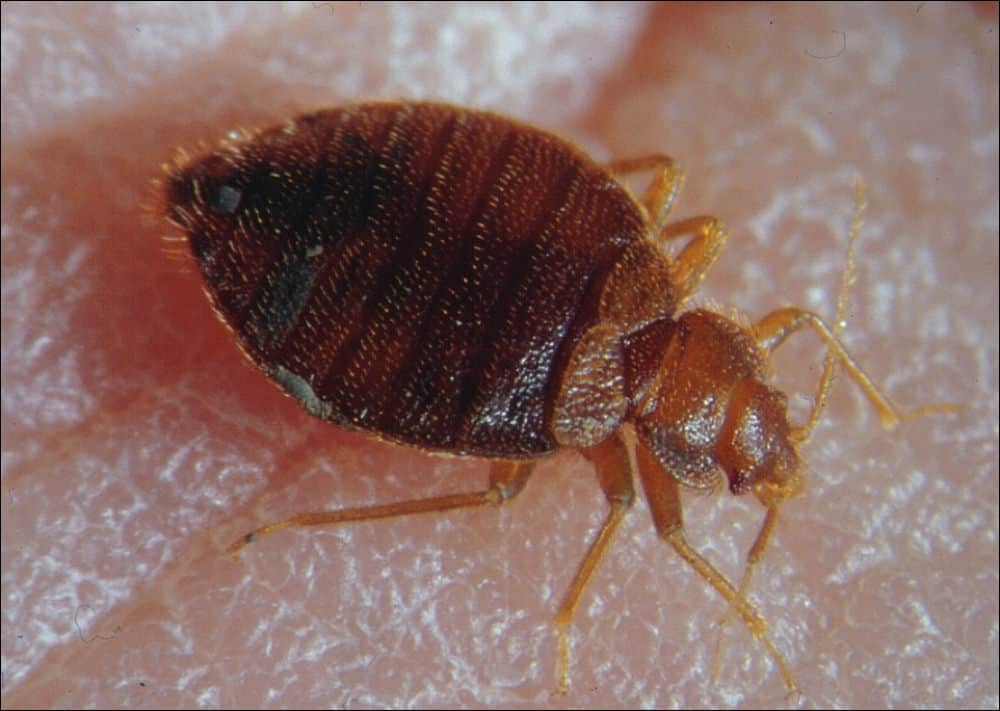How To Get Rid Of Bed Bugs Fast
Bed bugs have long been little more than a myth to many, but now, a recent resurgence in cases throughout the U.S. has raised concerns among homeowners and renters about the possibility of an infestation within their own living space.
Bed bugs not only reproduce at record rates but are also hardily resistant to heat, cold, and even starvation. Any home is at risk of infestation, but luckily, it’s not difficult to get rid of bed bugs quickly once the issue is addressed.
Confirming That You Have A Bed Bug Infestation
Every living space is prone to bed bugs, regardless of cleanliness. Infestations can be found anywhere from run-down motels to brand new penthouses. It’s important that families be proactive in checking for bed bugs, especially if they live in areas experiencing a surge in new cases such as New York City. It’s best to catch an infestation early on before it spreads, as treatment will be quicker, easier, and less costly.
Find Where The Bed Bugs Are Hiding
The first sign that alerts most people to a possible bed bug situation is finding large, itching bite marks on areas of the skin normally covered by clothing, such as the legs or torso. Bed bug bites develop into irritated welts within just a couple days of initial exposure to a feeding insect. Other signs of an early infestation include small blood stains on bed sheets as well as darker stains from bed bug excrement.
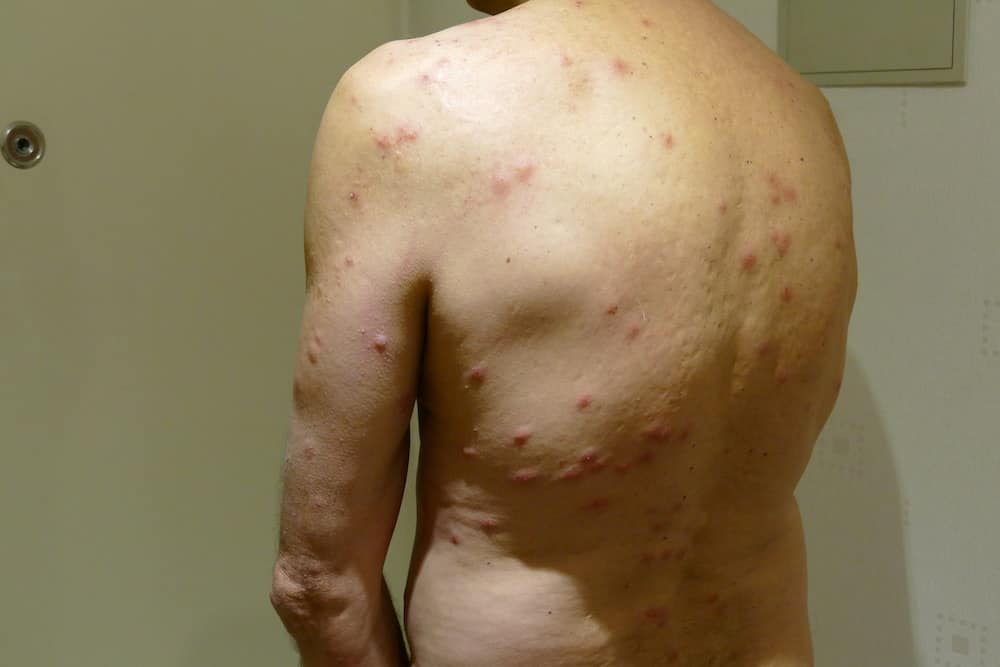
It can be difficult for homeowners to find concrete proof of the presence of bed bugs, especially during the early days of an infestation. Bed bugs are tiny insects that are able to hide just about anywhere, which is one reason that it’s so difficult to detect and eliminate an infestation.
Bed bugs tend to be found where people sleep, but their habitat isn’t just limited to mattresses and pillows. Colonies begin to spread out as an infestation progresses, working their way into every nook and cranny of a home.
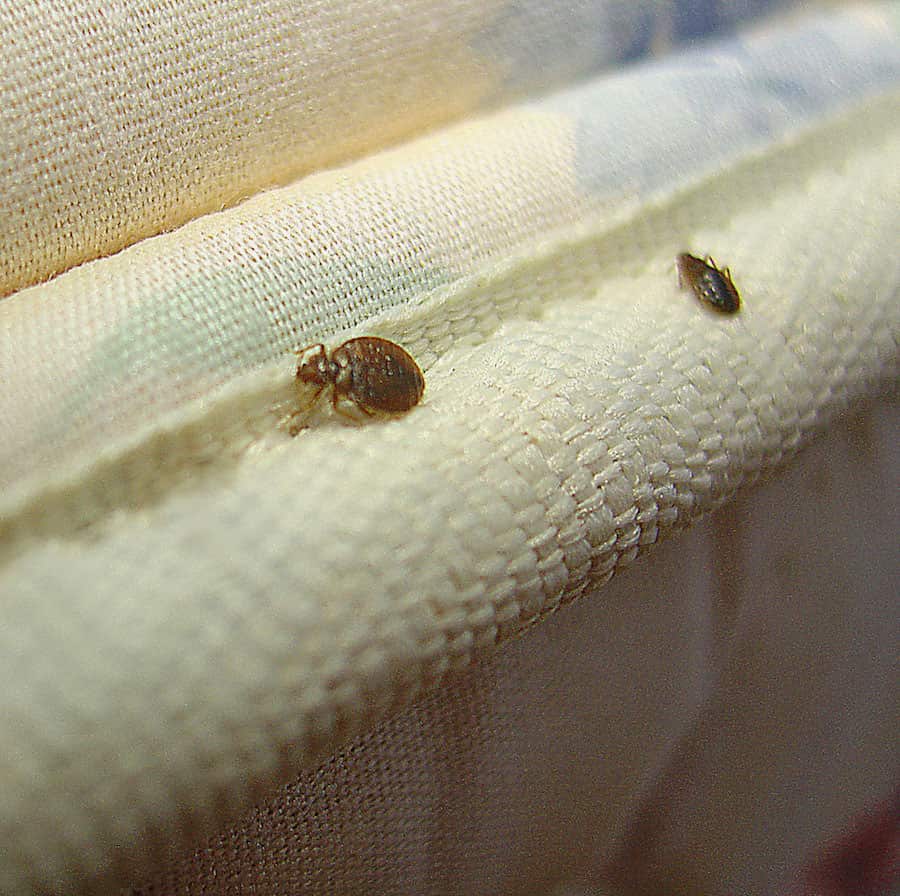
When searching for bed bugs, it’s important to check hiding places such as:
- The interior of cabinets and drawers
- Inside and underneath upholstery
- On clothing, particularly sleeping clothes
- Underneath wallpaper and wall paneling
- Inside curtains
- Underneath carpets and rugs
- Inside phones, televisions, computers, and other electronics
- Around window and door seals
- Behind artwork
Homeowners who suspect that they may have a bed bug infestation but can’t find any evidence may want to enlist the help of a trained canine. Bed bugs emit a distinctive musty odor that’s easy for dogs to detect, allowing homeowners to confirm without a doubt the presence of an infestation.
As long as there are humans around to feed on, bed bugs can thrive in just about any area of a home or apartment. These insects can also survive as long as a year without food and a year and a half without oxygen, making it difficult to get rid of a persistent problem.
Make Sure The Bugs Are Definitely Bed Bugs
Before spending time and money on potentially unnecessary treatments, it’s important to confirm that an infestation is indeed bed bugs. Often, people mistake bites from other insects such as fleas or mites as the work of bed bugs, but bed bugs tend to leave very distinctive markings on the skin. Bites are usually larger than those from similar insects, around the size of a pencil eraser to a penny, and they are commonly found in clusters of three.
Bite marks are a poor indicator of the presence of bed bugs, however, often leading to false positives. It’s best to identify the insect itself based on appearance by locating a nest. Bed bugs are small, only about a quarter of an inch long at maturity, but they are visible to the naked eye. They range in color from a light brown to dark red after feeding.
Adult bed bugs are flat and ovular, with six legs, long antennae, and cone-shaped eyes. Males can be identified by the sharp flap on their dorsal side, while females have a rounded posterior. Immature insects, or nymphs, are much smaller and more difficult to identify than sexually mature bugs.
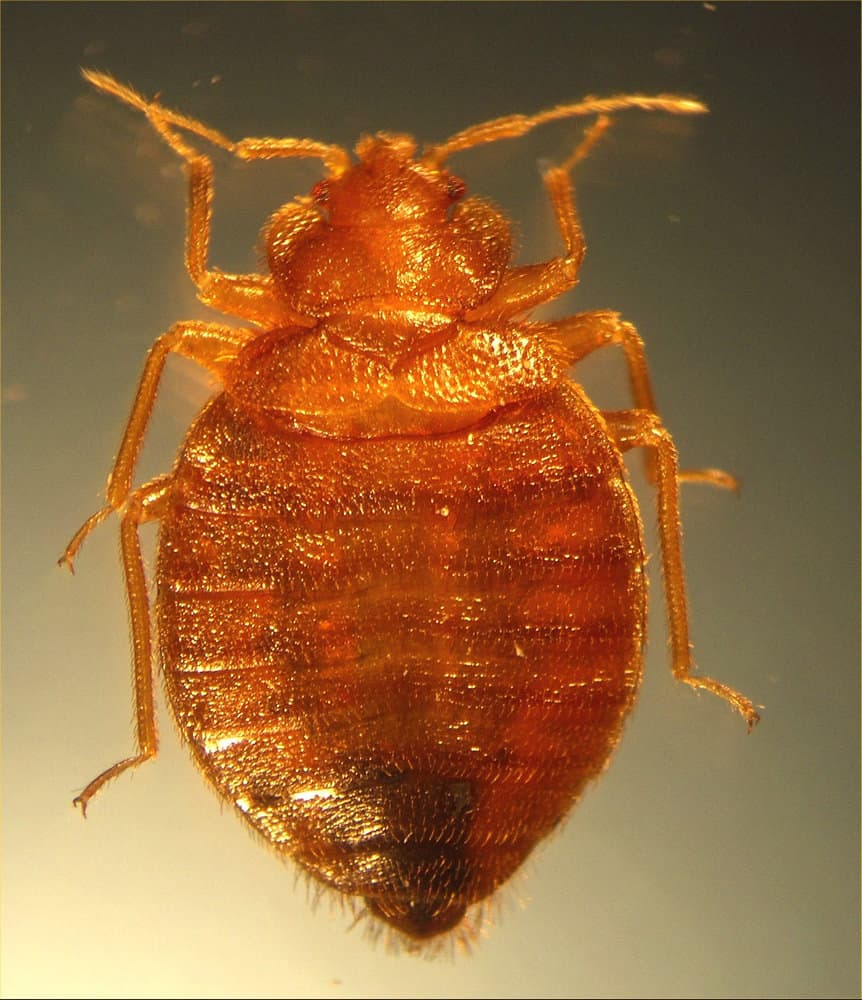
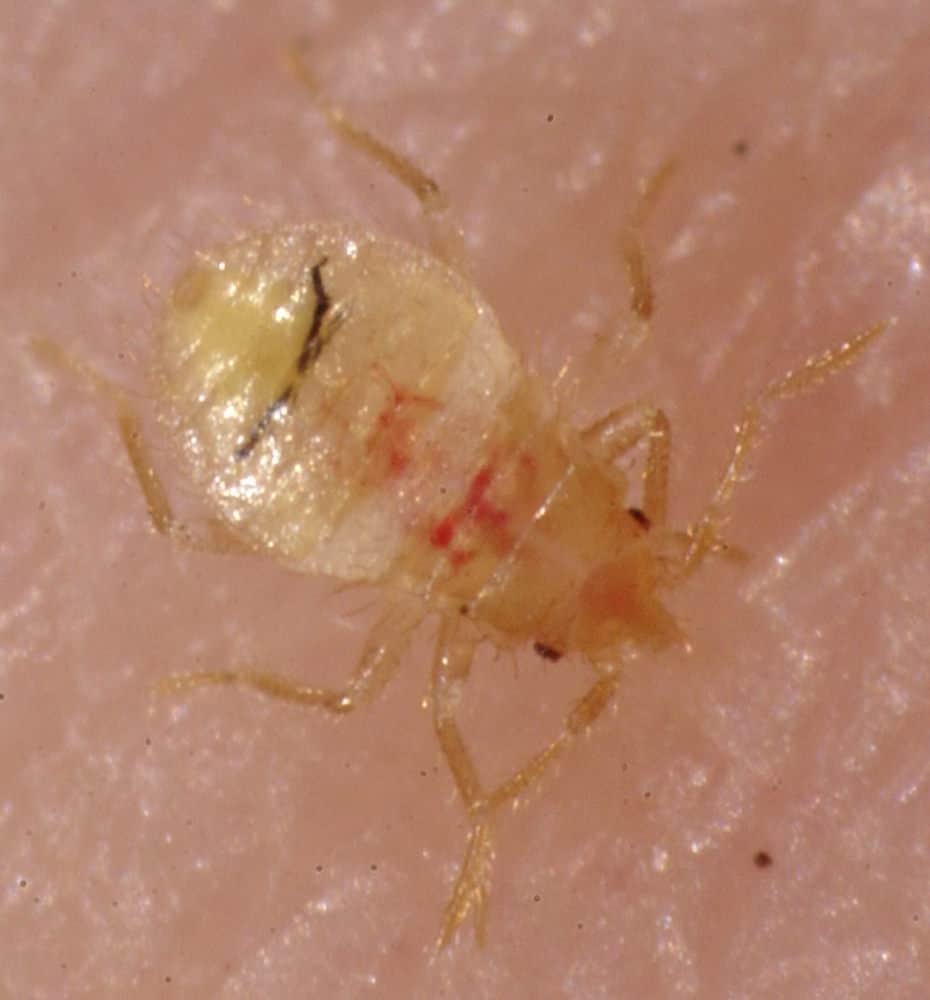
Do You Do It Yourself Or Get An Exterminator?
Homeowners and renters who notice a bed bug infestation may be tempted to turn to DIY treatments such as traps and insecticides, but while these options may be cheaper initially, self-treating could end up costing more time and money in the long run.
Bed bugs are a persistent problem that can be incredibly difficult to get rid of once established. They’re resistant to temperature changes, starvation, and some have evolved immunity to common pesticides. Eggs are even hardier, meaning that many families must treat their homes multiple times to completely eradicate an infestation.
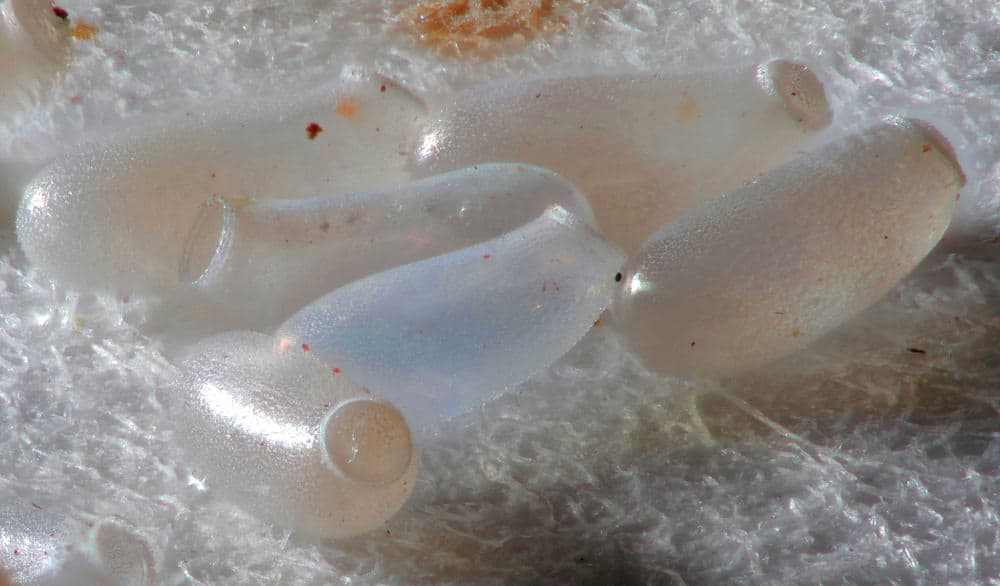
It’s easiest for homeowners to tackle a bed bug problem early on in the course of an infestation. Over time, it becomes more difficult to eliminate colonies as they begin to spread throughout a house. Many novices who try to eradicate a late-stage infestation end up missing live bugs or their eggs, rendering their efforts useless. Families living in apartment complexes may also have a hard time getting rid of bed bugs, as they can spread between neighboring units.
Homeowners with a severe bed bug problem often have more luck hiring the help of a professional to eradicate an infestation. Experienced exterminators have the knowledge, the skill set, and the tools necessary to quickly and completely get rid of bed bugs within a house or apartment complex.
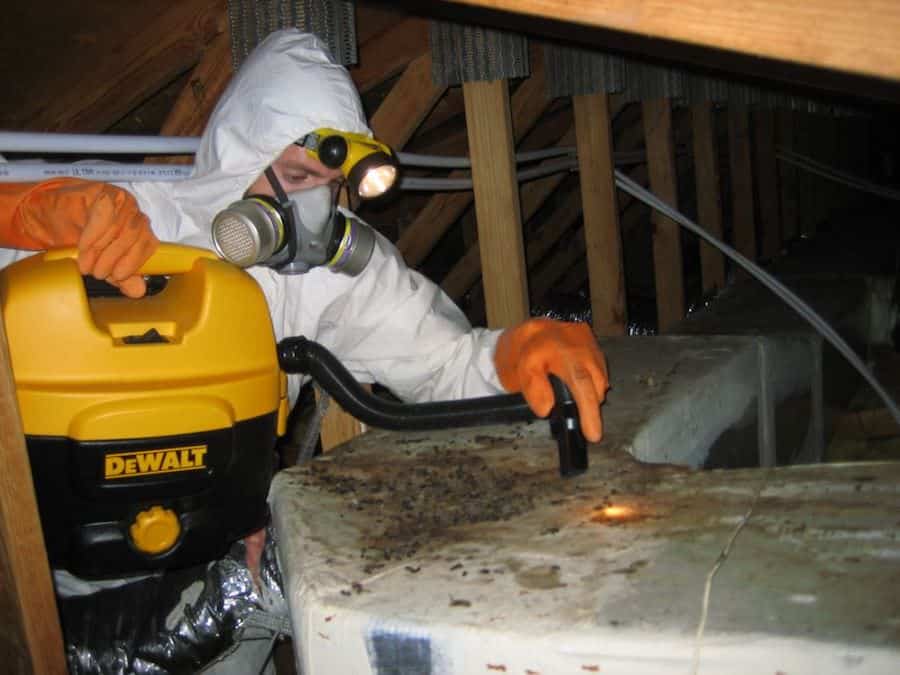
After an initial inspection, an exterminator can confirm whether or not bed bugs are residing in a home and determine how widespread the infestation has become. This allows the exterminator to create a personalized treatment protocol that’s designed to eliminate pests safely and efficiently.
Many professionals practice Integrated Pest Management (IPM), meaning that they use more than one treatment method to tackle a bed bug infestation. Depending on the location and severity of the issue, an exterminator may choose to use steam heat, freezing, chemicals, or a combination of the three. Some professionals may also recommend sealing crevices where bugs might hide or replacing old doors and windows to improve the seal.
Many homeowners are concerned with timeliness when treating a bed bug infestation, as bites can be uncomfortable and unsightly. While some exterminators may require an advanced booking, many offer express services or even same-day treatment for families who need immediate assistance with a bed bug issue.
How To Get Rid Of Bed Bugs Fast By Yourself
It’s vital that homeowners can address a growing bed bug problem before it spirals out of control. Every situation requires its own unique approach, and there are several ways that families can kill the bed bugs that are invading their home. Homeowners may choose to adopt just one treatment, or they may try a combination of DIY remedies in order to successfully eradicate their problem.
Chemical Treatments
Pesticides have long been used by homeowners as a quick and effective way to get rid of pests without damaging any property. The EPA has registered over 300 products that families can use to treat bed bug infestations. These products usually come in the form of specially-formulated bed bug spray.
Different compounds use different mechanisms of action to kill pests, targeting both physical and metabolic processes to cause death or deformation. The various classes of chemical pesticides include:
Pyrethrins and Pyrethroids: Both naturally derived and synthetic compounds act on a bed bug’s nervous system, causing paralysis and eventually death.
Desiccants: Desiccant products work by breaking down the protective wavy layer around a bug’s outer shell. Without this coating, insects dry out and die. While desiccants are slow to act, bed bug populations can’t build up resistance to them.
Biochemicals: Pesticides made with biochemical ingredients are safe, all-natural, and non-toxic. Though they’ve been gaining popularity as a treatment, neem oil is the only biochemical product registered by the EPA to treat bed bugs.
Pyrroles: Instead of acting as a direct poison, pyrrole products need to interact with an insect’s internal system to function. Pyrrole insecticides kill bed bugs by interrupting important metabolic processes when ingested.
Neonicotinoids: These synthetic compounds are designed to mimic the action of nicotine on nicotinic receptors found in bugs. The chemical forces nerve signals to fire continually, eventually destroying all nerve cells and leading to premature death.
Insect Growth Regulators: By mimicking growth hormones, Insect Growth Regulators (IGRs) disrupt normal growth processes in insects. They cause insects to develop abnormally, resulting in an adult population that’s unable to reproduce and spread.
Using a combination of chemicals often yields the best results when trying to eradicate a persistent bed bug problem permanently. Though many of these compounds are safe in small doses, homeowners should still keep safety in mind when treating their house or apartment. Without proper protection, pesticides can get into the lungs, on the skin, or in the eyes and mouth and cause irritation.
When handling chemicals, individuals should make sure to keep their skin and mucous membranes well-covered. It’s important to always wear eye protection, a face mask, and gloves. Some chemicals may call for additional safety gear, such as rubber boots or an apron.
Heat Treatments
Certain temperates are sure to kill bed bugs, and extreme heat is a quick, practical, and relatively safe way of ridding large spaces of bed bugs in one fell swoop.
While colonies can thrive over a wide range of temperatures, adults and nymphs begin to die at around 113°F. Holding this temperature for at least 90 minutes will eliminate all live bed bugs within a house or apartment.
Eggs are more resistant to extreme conditions, including climate, but it’s important to eradicate eggs to prevent future infestations from spreading through a house. Killing eggs requires a temperature of at least 118°F for 90 minutes. It’s critical that the heat stays above this threshold for the entire hour and a half period to kill every single egg.
Using a space heater is expensive, but ensures that heat reaches every hiding spot in a house, killing even nests of which homeowners are unaware. Heat can also permeate through mattresses, cushions, and clothing to kill any bed bugs hiding there.

My favorite way to heat household items to a temperature that is sure to kill all bed bugs and eggs without needing to purchase expensive pest control heat treatment is to use a ZappBug Heater, which is specially designed to kill all stages in the bed bug life cycle.
Simply place infested items into the ZappBug heater and it will automatically reach the all-important bed bug killing temperature, so you can be sure the items come out all-clear.
Large and small versions are also available.
Homeowners that only need to kill one or a few bed bug nests can opt to spot clean using a steam cleaner instead. This option is cheaper than buying or renting a heater and can just as effectively kill insects and their eggs. Standard clothing dryers can be used to kill colonies residing in sheets, clothing, or other linens.
If you’re looking for a powerful and reliable steamer for use against infestations and at a good price, the PureClean XL Rolling Steam Cleaner is a great choice. It’s heavy-duty, made to last, and produces a great covering of extremely hot pressurized steam – exactly what you want in order to kill insects and their eggs on impact.
This steamer can be used on a wide number of surfaces and objects, including mattresses, carpets, curtains, clothing, box springs, bedding and baseboards.
When using heat, it’s imperative to use a heat source that gets up to temperature as quickly as possible. If it takes a while to heat up an infested area, the bed bugs will have an easy opportunity to escape the heat and travel away from the area before they succumb to the high temperatures.
Freezing Treatments
While heat offers a way for homeowners to treat their entire living space, freezing treatments are better for localized infestations. Bed bugs and their eggs must be kept at temperatures below -13°F for several days to ensure that all insects have been eradicated.
Using dry ice blends allows homeowners to treat couches, mattresses, and more, as it penetrates deep into the fibers to reach hidden colonies. For smaller items such as clothing and cushions, you can use an industrial freezer to kill bed bugs. It’s important to keep items in the freezer for a long enough period. Otherwise, eggs or even adult insects may be able to survive.
Traps
Live traps can be used when trying to identify or confirm a bed bug infestation, but they are not very effective at eradicating the problem as a whole. Traps are often used in conjunction with other methods to tackle a bed bug problem.
However, having interceptor traps beneath each bed leg can be a huge psychological boost knowing that you can get a good night’s sleep thanks to the traps preventing any bugs from crawling up onto the mattress.
In my experience, the best and most effective bed bug traps are usually the ones that are designed to work in the simplest of ways. I’ve used the Bed Bug Blocker Interceptor Traps extensively and I find they do the job better than any other trap I’ve tried. You also get a very generous 8 interceptors per pack. Place them directly underneath the bed/table/chair legs you’re trying to protect, and watch the bed bugs fall into the traps time and time again with no chance of escape.
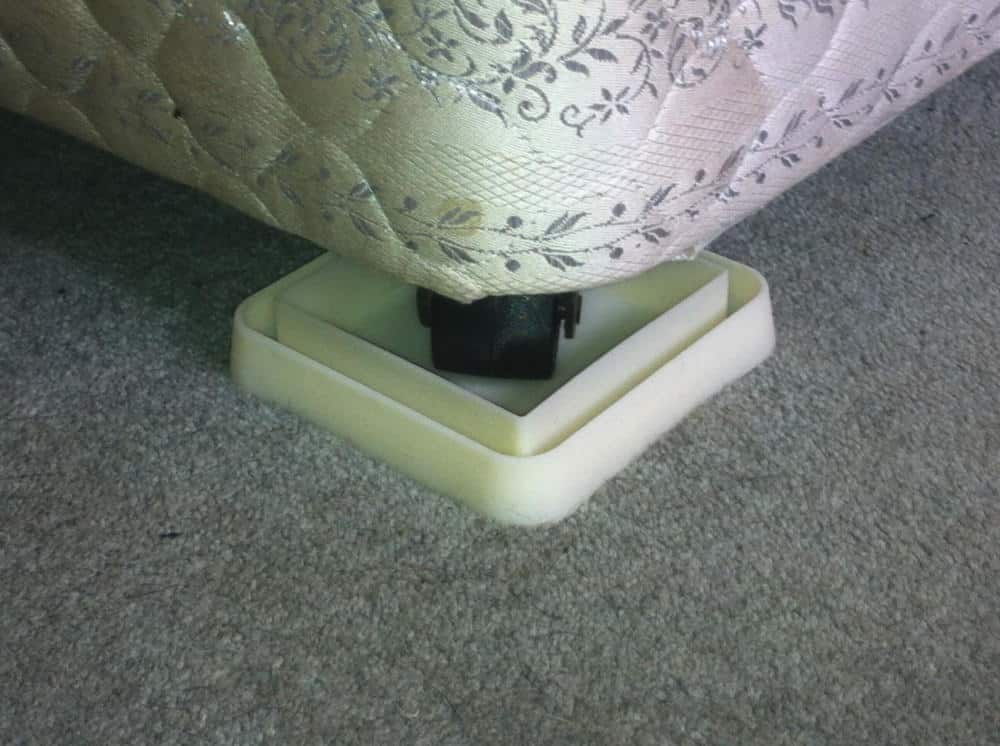
Passive traps such as petroleum jelly or sticky tape on bed legs target bugs as they move throughout the night, while active traps lure insects inside using pheromones. Homeowners should always make sure to kill bugs after capturing them by using heat, freezing, or chemical options.
Homeowners who find that they are sharing their home with bed bugs have plenty of treatment options when it comes to getting rid of bed bugs quickly. After identifying the issue, families can either get rid of bed bugs using DIY methods or hire the help of a trained exterminator to eliminate an infestation and ensure that their home is completely pest-free.

